The Japanese traditional clothing range is vast, but among them, the kimono is the most popular item. If you visit Japan, you will notice a lot of women and young girls wearing kimonos in their day-to-day lives, but mostly on occasion.
The Japanese culture and history are rich, and you will see that through their traditional clothes. Their clothing dates back to 300 BC, during Jomon Period. But that style has evolved since then according to the preferences of the current people.
Let us dive into the rich diversity of all the Japanese traditional clothing and accessories available for various people.
Japanese Traditional Clothing
Table of Contents
1. Kimono
At first, kimono comes to the list because they are the most well-known ones. In the past, kimonos were worn according to layers, each depicting the person’s social status or the formality of the occasion. Nowadays, such things do not happen, and people can wear them however they want to.
The word “kimono” exactly means “thing to wear” in Japanese, but you will find various kimono styles. People around Japan wear kimonos mostly during formal traditional events, weddings, funerals, and tea ceremonies. The kimono is mostly handmade and uses hemp, silk, and linen. They also have decorations of embroidery, dyeing, and painting.
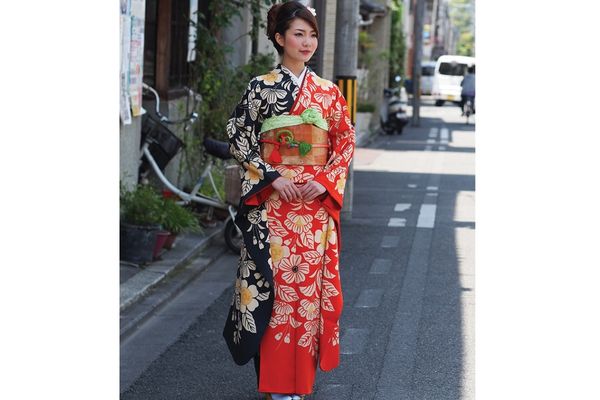
Women’s kimonos are usually more colorful and filled with rich patterns. They also have accessories with a wide belt and an “obi” adorned with gorgeous colours and details. Meanwhile, men’s kimonos consist of subdued colors and they do not wear a belt with them.
2. Haori & Hakama
Men and women usually wear the Haori and Hakama together, and you will see them mostly at weddings. Men usually wear them in coming-of-age ceremonies and during major big life events. These two pieces are one of the most luxurious Japanese traditional clothing.
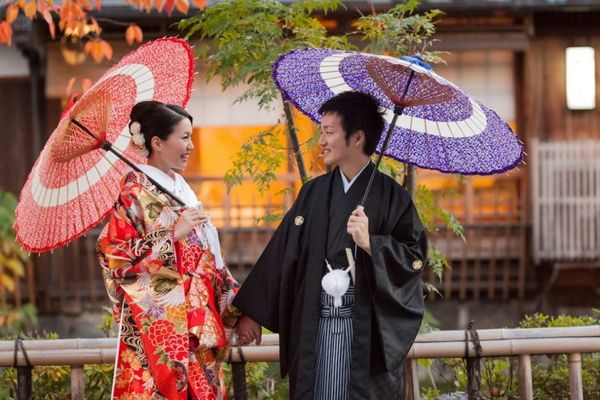
The Haori is an overcoat that goes on top of a kimono. Men and women can both wear Haori. They are mostly seen worn by the people working in the classical Japanese theatre as work uniforms.
The Hakama is a pant that looks like a skirt and is usually worn on top of a kimono. In the past, men participating in the Shinto rituals or samurai only used to wear the Hakama. Many women also wear the Hakama during various ceremonies, mostly in traditional Japanese sports.
3. Happi & Hanten
The Happi is a short coat, and they give off a casual vibe. In ancient times, house servants mostly used to wear the Happi to represent the family crest. You will find the Happi in blue, red, black, and white. They often come with a matching headband. Nowadays, the Happi is worn during mostly festivals, and they have the kanji for matsuri printed on the back.

The Hanten and Haori are similar because both of them are coats worn over other clothing. The Hanten is a short winter coat with a tailored collar and cotton padding to provide heat during the winter. Both men and women can wear it over a kimono or any other type of clothing item.
4. Fundoshi
One of the Japanese traditional clothing is a male undergarment which looks uncomfortable but is the opposite. The Fundoshi is made using a length of cotton, and men wear these. Before World War II, the Fundoshi could be found in different types, worn by men in various situations and events.

Many different people also used to wear this piece of garment because it had no restrictions. However, you will only see them at traditional functions in recent times. Sumo wrestlers can also wear a sort of Fundoshi known as Mawashi during tournaments.
5. Yukata
The Yukata is the laid-back version of a Kimono. These kimonos are common during summer festivals and in historical cities such as Kyoto. They are made using light and easy-to-wear fabrics so you can wear them during the hot summer days. The fabric makes the clothing breathable because many Japanese traditional festivals happen under the scorching sun.
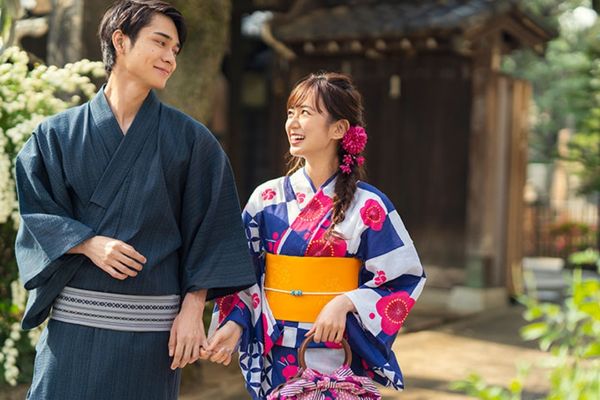
Traditionally, the Yukata is worn without undergarments and held in place using an Obi sash. Most women are seen wearing a Yukata more than men because of all the gorgeous patterns on the clothing item. Yukata is usually cheaper than a Kimono, so getting one can be a good choice if you are looking for a souvenir.
6. Samue
Are you looking for simple Japanese traditional clothing? Then Samue is one of them. These matching loose trousers and a top set come in most shades of green and blue. They were originally designed to be comfortable and relaxing and are worn by the natives in such a relaxed way.
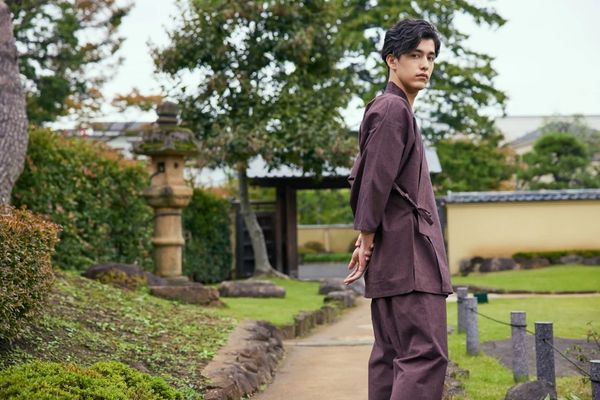
Many farmers and gardeners will wear them because of their comfortability and flexibility. You can move around freely and work outdoors while having this on. These are also adjustable, so no need to worry about the size.
7. Karategi
The Japanese traditional clothing for sports is a Karategi. Just as the name suggests, they are made for karate practitioners. That is because the clothing has loose fitting and is lightweight, which makes it easy for the wearer to move around without any trouble. The Karategi set consists of a pair of pants and a jacket which fastens with a belt. The pants come with an elastic waistband, and the jacket has long sleeves.

The Karategi represents the innocence and purity of the wearer according to the ancient Japanese culture because they mostly come in white. Wearing a Karategi shows that the practitioner has enough discipline and self-control within themselves.
8. Jinbei
This is a type of Japanese traditional clothing that men and women mostly wear in the summer period. The Jinbei is made using comfortable fabric, which lets the body stay cool even if the outside temperature rises. You will often find them in bright colours and patterns all over the clothing to represent the summer vibes. The sleeves can be either long or short, and you will be able to find them in a lot of local stores.
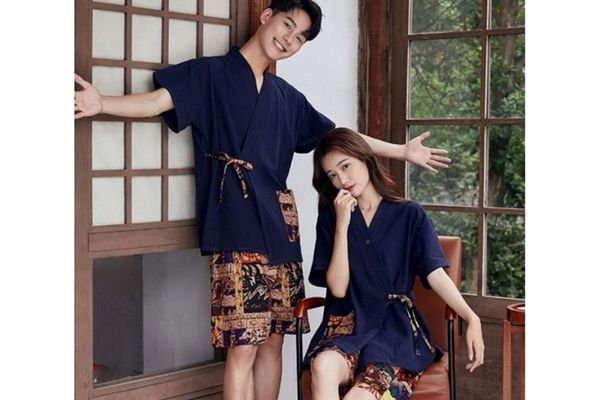
Japanese people can be seen wearing them inside their homes or while doing leisure activities such as taking a walk in the park or going to get groceries. Many people also prefer wearing the Jinbei to the beach because they are comfortable and easy to move around in. But you can still wear them on different occasions because various types of Jinbei can be found.
9. Tonbi Coat
A Japanese traditional clothing that is worn on top of another garment is a Tonbi Coat. Women are seen wearing them infrequently because these are mostly manufactured for men. The fabric is thick and durable and comes with wood. Rich fabric such as cashmere or wool is usually used to make these coats.
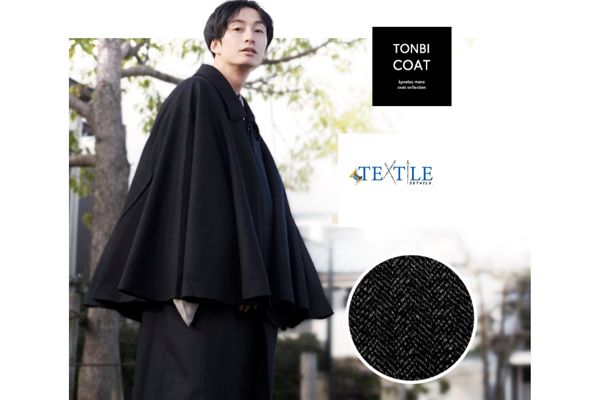
The main inspiration for the Tonbi coats came from the Victorian Inverness capes. That is why you will find a lot of similarities between the Tonbi coat and the long coats worn by Sherlock Holmes.
10. bidome
There is a lot of Japanese traditional clothing, but there are many traditional accessories as well. The Obidome is an accessory that looks similar to a brooch or pendant. A common design of an Obidome resembles a flower, and women are mostly found wearing these. The material varies, and the shape also differs from one to the other.
The appearance of this item depends on the wearer and which design they go for. The traditional Obidomes used to be made from clay or wood. But the royal families or wealthy families used to wear Obidomes made from luxury materials like ivory, pearl or even diamond.
11. Gakuran
During the Meiji period, the Gakuran was introduced to the male population as a type of Western-style military wear. The idea for this clothing was that students from universities or secondary schools would wear it. It is a set of black trousers and a jacket with a stand-up collar.
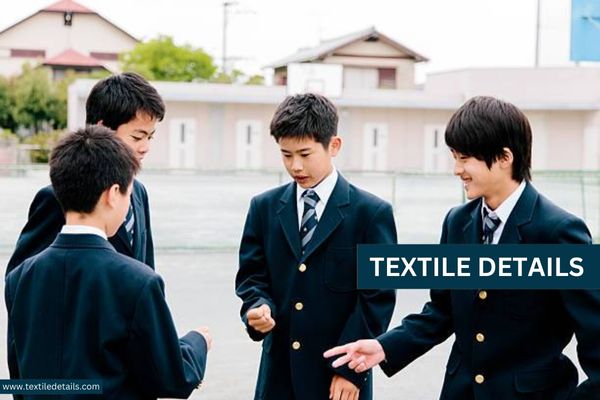
Recently, business people or government officials commonly wear this because it is good formal wear for men. Police officers, firefighters and the members of Japanese Self-Defense Focus also wear a Gakuran daily. Men only wear this Japanese traditional clothing.
12. Tabi
The Tabi is a traditional Japanese sock which has a separation within the big toe and the rest of the other toes. The Tabi comes in various colours, but white is common and can be made from silk or cotton. They are mostly worn along with geta, zori or any of the other traditional footwear.

The Tabi comes in various sizes, ankle-high, end mid-calf, short or even longer than the ankle. Japanese people match the Tabi with other traditional clothing, which is why the most formal type of Tabi is made from white silk. It also has a gold buttery embroidered by its side.
In Conclusion:
Japan has a rich culture meaning that traditional Japanese clothing is filled with many different items. Their clothes look good on almost every traditional occasion. The best part is that these items are very comfortable to wear. If you visit Japan, you can bring back one of their traditional clothing items as a souvenir because of how glamorous they look. The items are affordable if you purchase from local stores, but the branded stores will have expensive items. Nevertheless, having one item in your home can be a good idea.
You may read our other traditional dresses article:
- Indian Traditional Ethnic Clothing
- Traditional Mexican Dress for Women
- Traditional Mexican Wedding Dresses
- Traditional Mexican Blouses
- Ethiopian Traditional Dress
